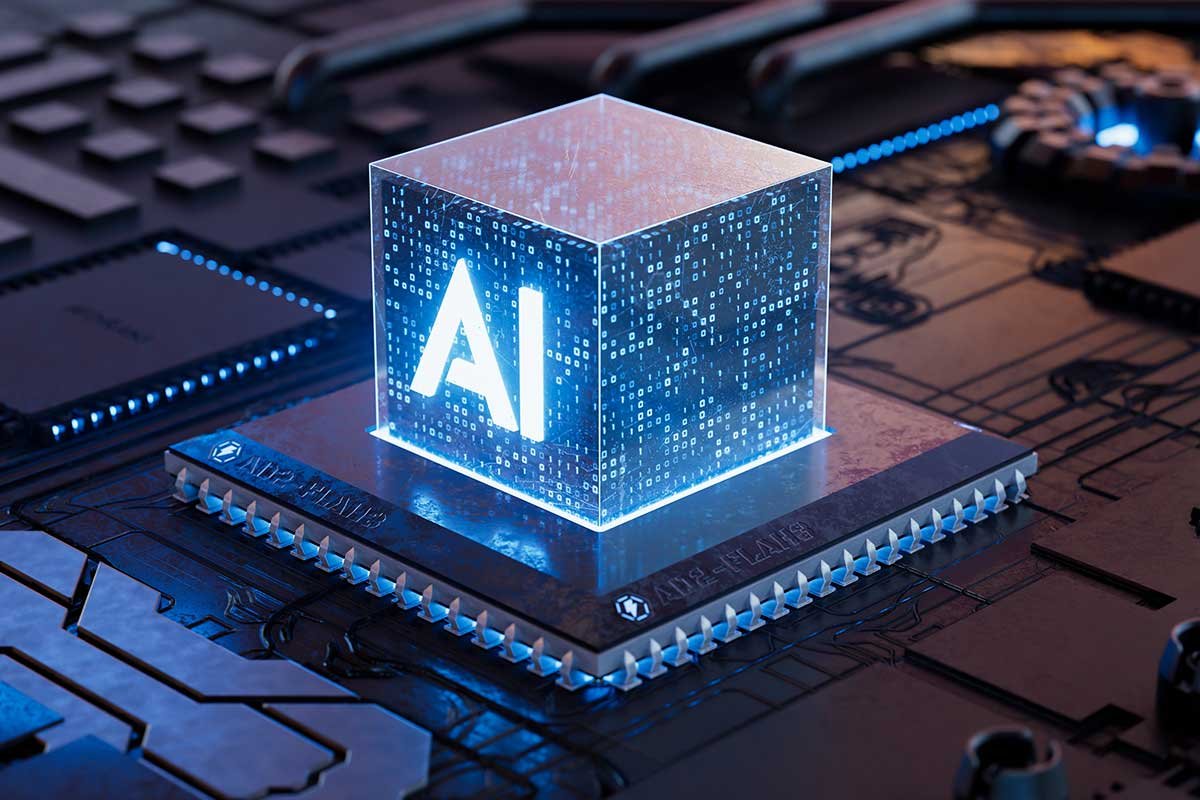Reframing AI for What It Truly Is: Provider of the “Next Best Answer”
AI is transforming industries, redefining productivity, and reshaping how we interact with technology. The newest AI models have proven they are powerful as they are powered by massive datasets and intricate algorithms, have an impressive ability to generate human-like text. However, as revolutionary as the newest AI models are, they are not infallible sources of truth. Instead of being deemed “correct,” they should be recognized as providers of the “next best answer.”
Why AI is Not Inherently Correct
At its core, AI does not “know” facts. AI generates responses based on patterns and probabilities learned from their training data, which may include inaccuracies, biases, or incomplete information. Consequently, the output of an AI is not guaranteed to be factual or comprehensive. This limitation underscores the importance of treating their responses as informed suggestions rather than definitive answers.
Efforts to “Fix” AI for Accuracy is Futile
Furthermore, the fundamental challenge lies in the mathematical structure of AI. These models rely on probabilistic algorithms to predict the next word or phrase, optimizing for coherence and relevance rather than factual accuracy. Correcting inaccuracies within this framework is akin to solving an unsolvable math problem. The vastness and variability of human knowledge make it impossible to create a model that is both perfectly accurate and universally applicable. Any attempt to eliminate all errors leads to diminishing returns, as the underlying probabilistic nature of these systems inherently limits their capacity for perfection. Efforts to "fix" this issue are, therefore, futile within the current paradigm of AI development.
The Importance of Guardrails in AI
To harness the potential of AI responsibly, implementing guardrails around the use of AI is paramount. These guardrails serve as critical mechanisms to ensure transparency, accountability, and safety in AI applications. Here’s how:
Transparency of Sources Guardrails can provide visibility into where an AI’s answers originate. By disclosing the datasets or references that informed a response, users can better evaluate the credibility of the information provided.
Highlighting What’s Missing No model has perfect coverage of every topic. Guardrails can identify gaps in an AI’s responses, alerting users to areas where additional research or human expertise is needed.
Bias Mitigation Training data can introduce biases that influence an AI’s output. Guardrails help detect and mitigate such biases, ensuring that AI tools generate fair and balanced responses.
Safety and Ethical Considerations Guardrails can enforce ethical guidelines, preventing the generation of harmful or inappropriate content and ensuring AI use aligns with societal values and norms.
Embracing the “Next Best Answer” Paradigm
Reframing AI as providers of the “next best answer” acknowledges their limitations while appreciating their strengths. This perspective encourages users to:
Leverage AI as tools for exploration and brainstorming rather than ultimate arbiters of truth.
Combine AI-driven insights with human judgment and expertise for a more robust decision-making process.
Advocate for transparency and continual improvement in AI systems to build trust and reliability.
Conclusion: Reframing AI as Providers of the “Next Best Answer”
AI holds incredible promise, but their role must be carefully contextualized. They are not oracles of truth but tools for navigating vast oceans of data to arrive at the next best answer. By implementing robust guardrails, we can maximize their utility while safeguarding against their limitations, ensuring a future where AI serves humanity responsibly and effectively.


